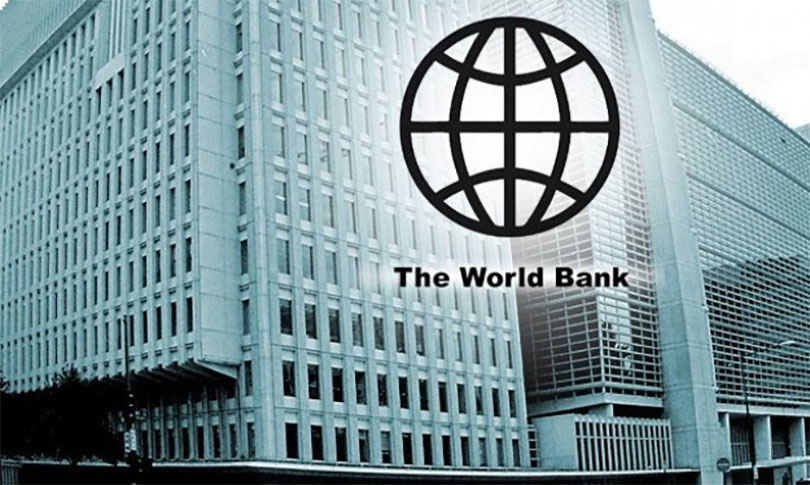Kathmandu, January 12
The World Bank has projected that Sri Lanka, Pakistan and Nepal will be among the lowest
achieving economies in the current fiscal year.
Announcing the first projection of 2022, the World Bank has estimated that Nepal will achieve an economic growth rate of 3.9 percent this year.
The government of Nepal, on the other hand, is predicting an average economic growth rate of 7 percent. However, the World Bank has adhered to its projections from the beginning. The World Bank estimates that the growth rate could be achieved as the vaccination campaign against corona and its economy continues to thrive.
This year Maldives will have the best economic growth rate among SAARC countries. It will get an increase of 11 percent. India is in the second place. India is expected to grow at 8.3 percent. While the Maldives and Bhutan, which have tourism-based economies, are doing well, Nepal is in a quandary. Its effect is seen in the economy. Bhutan is projected to grow by 5.1 percent.
The World Bank has not included Afghanistan in the list. It is said that the country could not be projected amid intense political instability. Nepal will achieve 4.7 percent economic growth next year.
What percentage growth rate of which country?
Maldives: 11 percent
India: 8.3 percent
Bangladesh: 6.4 percent
Bhutan: 5.1 percent
Nepal: 3.9 percent
Pakistan: 3.4 percent
Sri Lanka: 2.1 percent
The second wave of corona in SAARC countries had subsided after mid-2021. After that, the report shows signs of improvement in the economy. India and Bangladesh, which are based on industrial production, have shown good signs.
In SAARC countries, trade, hospitality and tourism services have not reached the level before the epidemic. In the Maldives, tourist arrivals increased by 22.3 percent in 2021, while Nepal declined. Sri Lanka, on the other hand, is constantly struggling with economic problems.
Overall, the South Asian region is projected to grow at 7.6 percent. The global economy is
projected to grow at 4.1 percent. In particular, newer variants of the corona virus pose a
negative impact on the economy.
By Karuna Thapa




